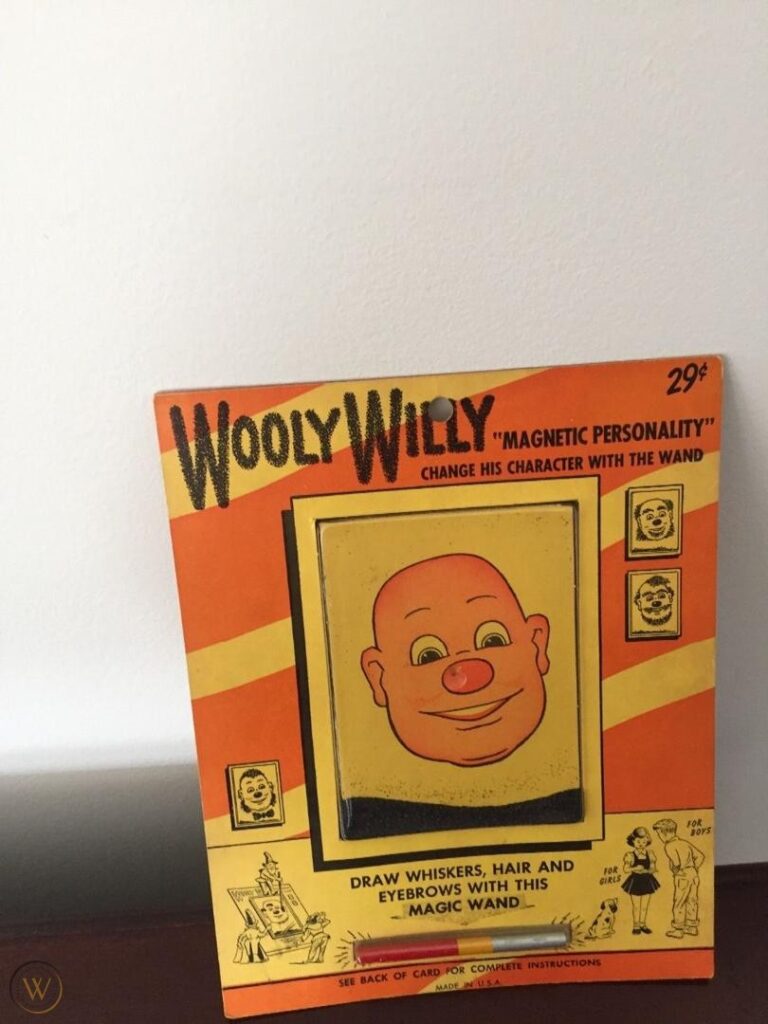
Most people use magnets to tack up elementary school artwork to the fridge or keep cabinet doors and drawers shut securely. Of course, in science and technology, magnets power everything from computer hard drives to medical imaging. However, during the mid-century modern period, some of the most popular toys included magnetics. The science surrounding magnetics was considered cutting-edge in everything from the space race to the playroom. Whether they were part of a tech tool or the latest toy, magnets were attracting attention (ha, see what I did there?)
MAGNETIC APPEAL
While many companies made toys with magnets, the OG of the magnetic toymakers is Smethport Specialities, located in Smethport, PA. Originally Electric Toy Works, the company would change its name to the Marvel Toy Company and finally to Smethport Specialty. They made several magnet toy sets, mostly with animals and circus characters, calling them the “Electric Toy Set.”
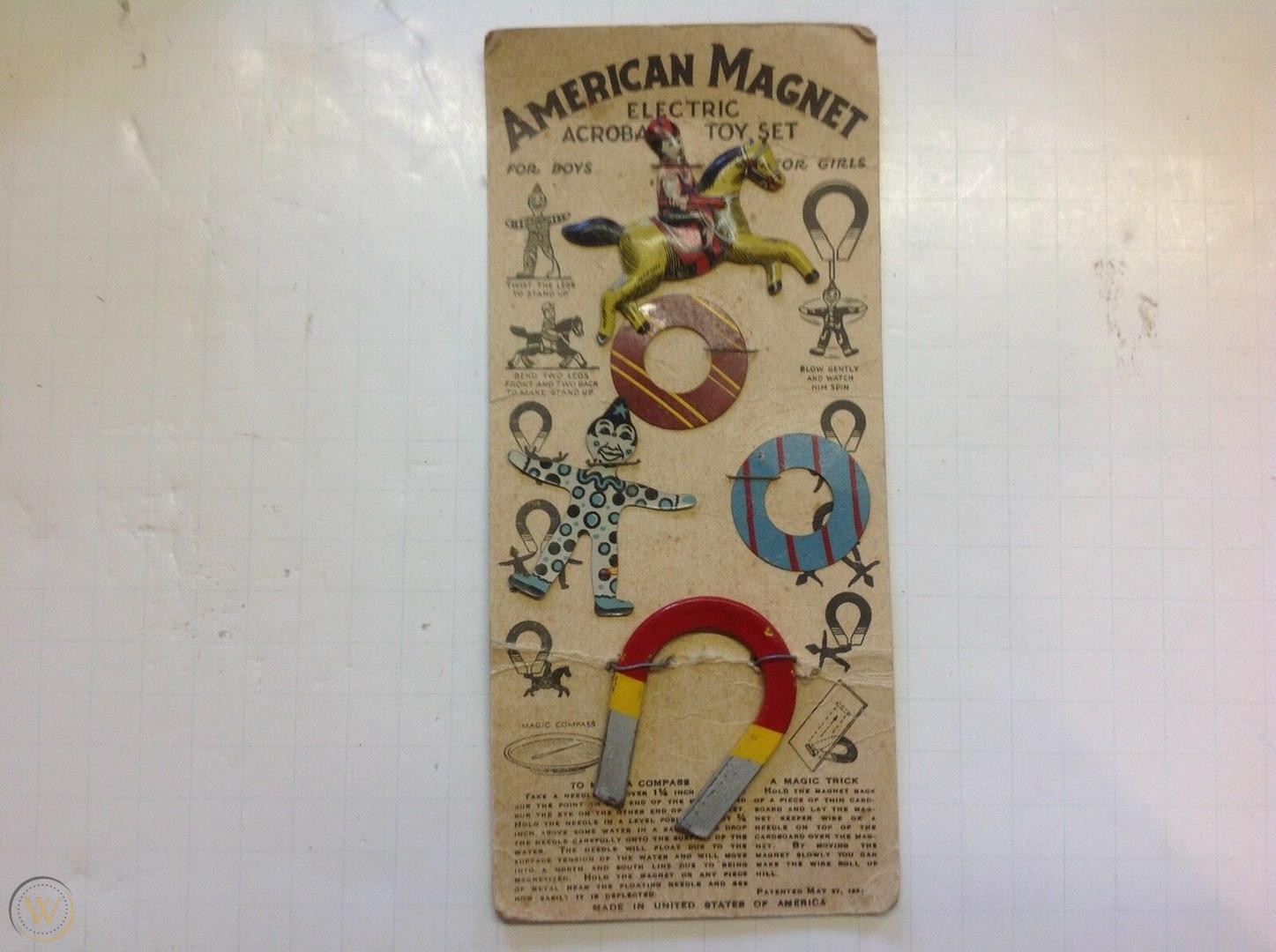
One of their first toys was so ingeniously designed that the company received four patents for it. The Flicker Top was made in 1920 but stayed popular until World War II meant shutting down non-essential production. The top would spin and had a clown face that raced around in circles on the surface. Designed by James Reese Herzog, whose father Ralph had started the company, the top was a hit and sold well for years. Then, during the war, the company pivoted to producing mica insulators needed for radio tubes that powered fuses for bombs. The factory floor was busy 48 hours a week, with 120 women employees making the tubes for the war effort. After the war, they continued to manufacture radio tubes for use in home radios and early televisions. Still, as transistors took over, they ceased producing tubes in the mid-1950s, concentrating again on toys and novelties.
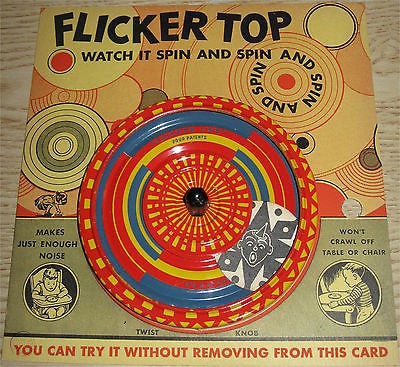
A BIG HAIRY DEAL
In 1955, James Herzog noticed that iron filings from production in the plant could be gathered up with a magnet. Around the same time, the United States Army had developed a process using heat to shape thin sheets of plastic into topographical maps. Herzog used the process to produce the packaging to hold the company’s most iconic toy, Wooly Willy. The original version sold for twenty-nine cents, but store owners were not confident that the toy would sell and were not placing large orders. A chain store owner in Indianapolis ordered six dozen units, telling the Herzogs, “I’ll still have all of them a year from now!” Just days after the toys were delivered to his store, he called and placed an order for an additional twelve thousand units. Wooly Willy had arrived.
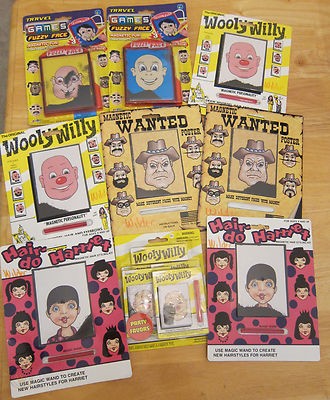
FLATTERY AND IMITATION
Despite receiving a patent for the toy, other companies made similar versions. Smethport would later release different versions, so it can be confusing for collectors to know if one of the many iterations is a Smethport Speciality product or from another company. One of the more well-known versions was produced in the United Kingdom and leveraged the fame of a new boy band with floppy “mop-top” haircuts. The Beatles, all four of them, appeared on a toy put out by Merit. Merit was one division of J&L Randall, Ltd. Merit toys included models of ships, planes, and other general toys. The other arm of the company, SEL (Signalling Equipment Ltd.), sold more technical toys such as radio kits, toy microscopes, and steam engines for train sets. With enough iron filings to cover each bald Beatle, the toy was a hit in 1964, the same year the Beatles invaded the American music scene.
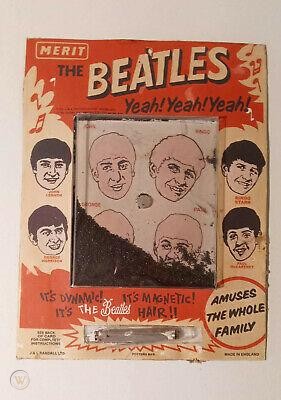
Of course, while boys and girls of all ages loved Wooly Willy, variety could only improve sales for Smethport Specialty. Seeing competing companies produce similar products, they wanted to keep up. This strategy led to the release of a female version, dubbed Hair-Do Harriet. The company would also make scary versions, including characters like Thurston Bludd and Eaton Brains.
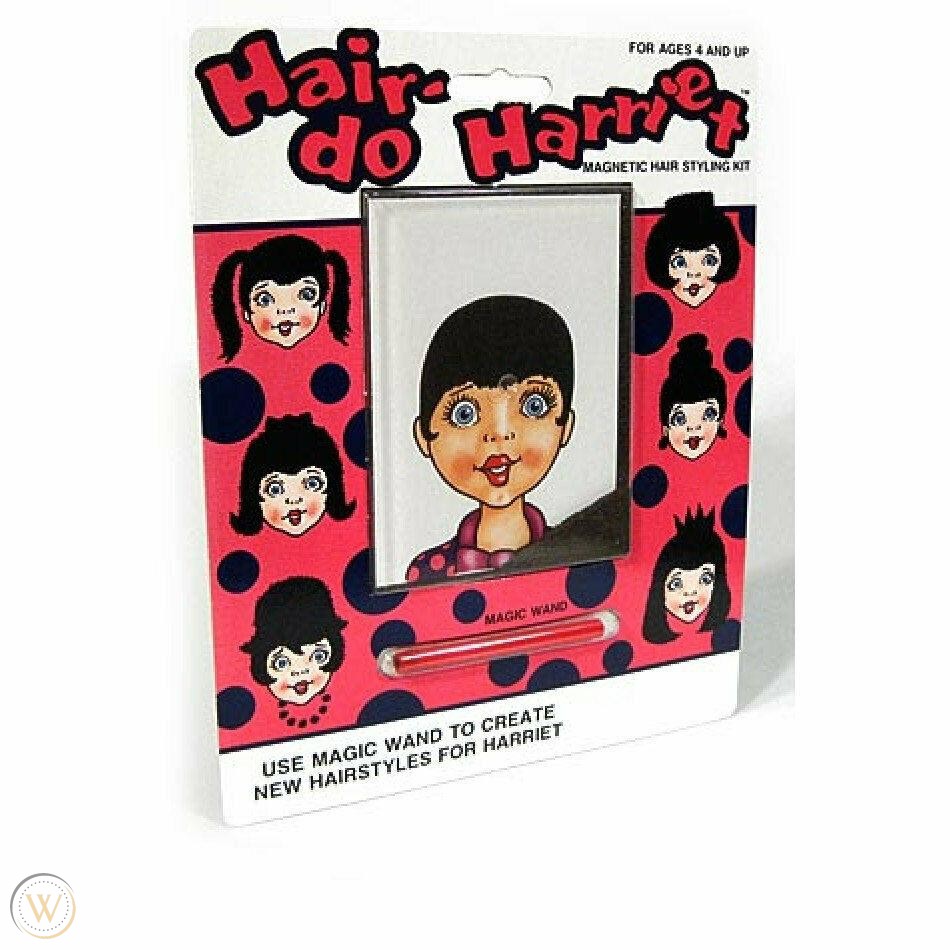
NEVER LEFT BEHIND
As the mid-century period came to a close, toy tastes in the 1970s turned to space toys and futuristic action figures. Wooly Willy remains beloved by all ages. In 2005, Smethport, PA, residents held a 50th birthday party for the character that put their town on the map. Playmonster now owns the company, but Willy is still for sale in local shops. The Toy Industry Association put Willy on its list of 100 Most Influential Toys of the 20th Century, and he is instantly recognizable all over the world. The creator, James Herzog, died in the fall of 2021, leaving behind a legacy of play and joy with his creation of a follicly-challenged character named Willy.
Brenda Kelley Kim lives in the Boston area. She is the author of Sink or Swim: Tales From the Deep End of Everywhere and writes a weekly syndicated column for Gannett News/Wicked Local. When not writing or walking her snorty pug Penny, she enjoys yard sales, flea markets, and badminton.
WorthPoint—Discover. Value. Preserve.
The post STUCK ON YOU: The Most Famous Magnetic Face appeared first on WorthPoint.
